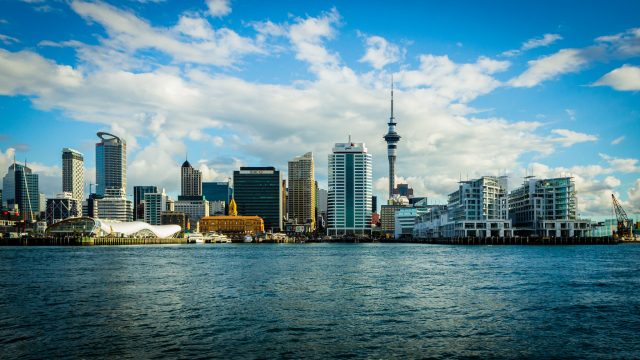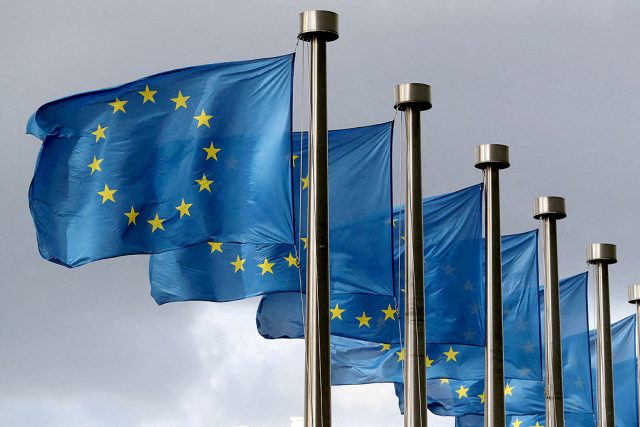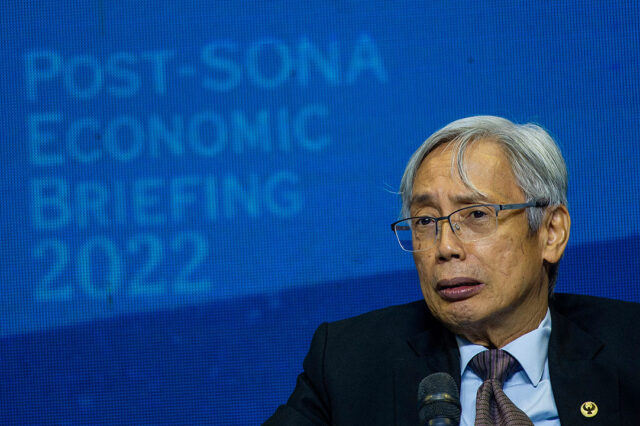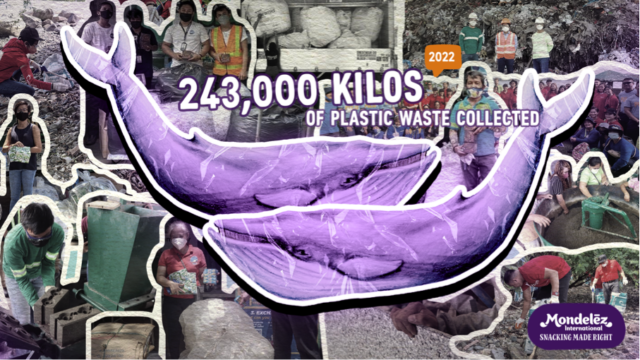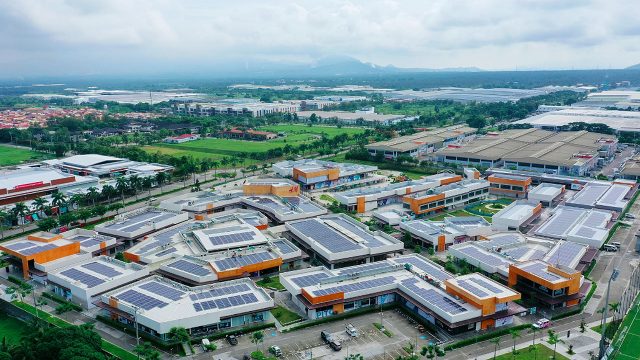Christmas always finds its way
Coca-Cola™ celebrates the unstoppable force of bringing families together in this year’s holiday campaign
Holidays are indeed coming, and Coca-Cola is celebrating the moment with the launch of its new campaign, “Christmas Always Finds Its Way” which celebrates the unstoppable, magical force of Christmas in navigating all obstacles to bring people together.
In 2021, Coca-Cola launched Real Magic®, its new global brand platform and philosophy that invites everyone, everywhere to celebrate the magic of humanity. Central to the philosophy is the belief that we find magic when we come together and share experiences.
In this year’s multi-channel, digital, and experiential campaign, Coca-Cola is set to create a series of memorable and distinct moments across the Philippines, designed to celebrate and create that festive magic across the country, while observing the special role that gatherings, meals, and traditions play in bringing families, friends, and communities together. After all, Coca-Cola has always been part of every Filipino celebration.
“December is the peak of holiday celebrations in the Philippines, when families and loved ones come together to share stories, exchange laughter, and bond over meals and drinks,” said Cesar Gangoso, East Region Frontline Marketing Director of Coca-Cola ASEAN and South Pacific. “We are delighted to hear stories of Filipinos who always celebrate Christmas with a bottle or two of Coca-Cola, so with this year’s campaign, we want to better enrich the festivities through a series of activities in the Philippines that can bring a truly magical experience.”
The campaign starts with a film, “Just Like Mama Used to Make,” directed by German filmmakers Dorian and Daniel and created by Grey Global. The film tells the heart-warming story of how a son’s memory of his mother is kept close through the preparation of a treasured family recipe, continuing to bring his family and new generations together for moments of magic at Christmas.
“The long association of Coca-Cola with Christmas is something we treasure and, this year, we’re back with a new campaign that we hope people all over the world will love,” shared Selman Careaga, president of Coca-Cola trademark. “It celebrates families and friends, past and present, as well as those shared recipes, memories, and traditions that bind generations together over the Christmas meal.”
In wider plans to mark the festive season, the brand’s iconic Caravans will return. For almost three decades, since they first lit up the small screen in a TV ad in the mid-1990s, Coca-Cola has built its Caravans truck asset as a powerful and tangible icon of Christmas across the globe. This year, Coca-Cola Caravans are back, and the brand will be curating a truly magical, festive experience centered around sharing meals with an ice-cold Coca-Cola drink. Reimagined as ‘The Coca-Cola Care-A-Van’ in the Philippines, Coca-Cola aims to takeover over forty food fests in different parts of the country, with the goal of bringing communities around the Philippines together for festive cheer.
The first Coca-Cola Care-A-Van Community Takeover was in Pasig City’s Greenfield District on December 3, 2022. With a jolly Santa Claus holding a bottle of Coca-Cola painted on its body, the iconic truck welcomed guests and served as a photo wall for taking festive photos. Food tents surrounding the venue also provided meals and Coca-Cola products to be enjoyed during the program. A dynamic performance by Coke Studio artist and rising P-Pop group ALAMAT, raffle draws, games, and other activities also contributed to the lively atmosphere.
Coca-Cola continues to not only refresh people with delicious drinks, but to also refresh communities. In partnership with the Ronald McDonald House of Charities Philippines, the Coca-Cola Care-A-Van Community Takeover will make a stop at Sitio Pintor, Rizal to host a Christmas party and give away meals and Coca-Cola products to 100 underserved families—bringing the spirit of Christmas to whoever needs it.
Lastly, the digital experience will continue as Coca-Cola launches “Call from Santa” web platform that will be available on iOS, Android, Win, and Mac. Filipinos can also access the platform by scanning a QR code in select Coca-Cola bottles. Anyone who wishes to send a surprise to their loved ones can request a personalized video message from Santa. With the Philippines being one of the largest diasporas globally, the platform is a welcome initiative, especially for those who are out of the country.
“We all know how special Christmas is to Filipinos, but we also recognize that there are many out there who can’t be home during the holiday season due to various circumstances or obligations, even as they yearn to be among their loved ones to celebrate a Christmas meal,” said Tony del Rosario, President of Coca-Cola Philippines and Vice President for the East Franchise Operations of Coca-Cola ASEAN and South Pacific. “Since they cannot be with their family and friends, we at Coca-Cola want to find a way to help them enjoy Christmas and experience the magic of the season.”
Indeed, Christmas this year will still be festive, especially for those with impossible journeys, as Coca-Cola helps find ways to bring Filipinos together and remind us that the festivities lie in the moments we share with our loved ones.
To learn more about Coca-Cola, visit us at coca-cola.com.ph or follow us on Facebook, Instagram, YouTube, and Twitter.
Spotlight is BusinessWorld’s sponsored section that allows advertisers to amplify their brand and connect with BusinessWorld’s audience by enabling them to publish their stories directly on the BusinessWorld Web site. For more information, send an email to online@bworldonline.com.
Join us on Viber to get more updates from BusinessWorld: https://bit.ly/3hv6bLA.









